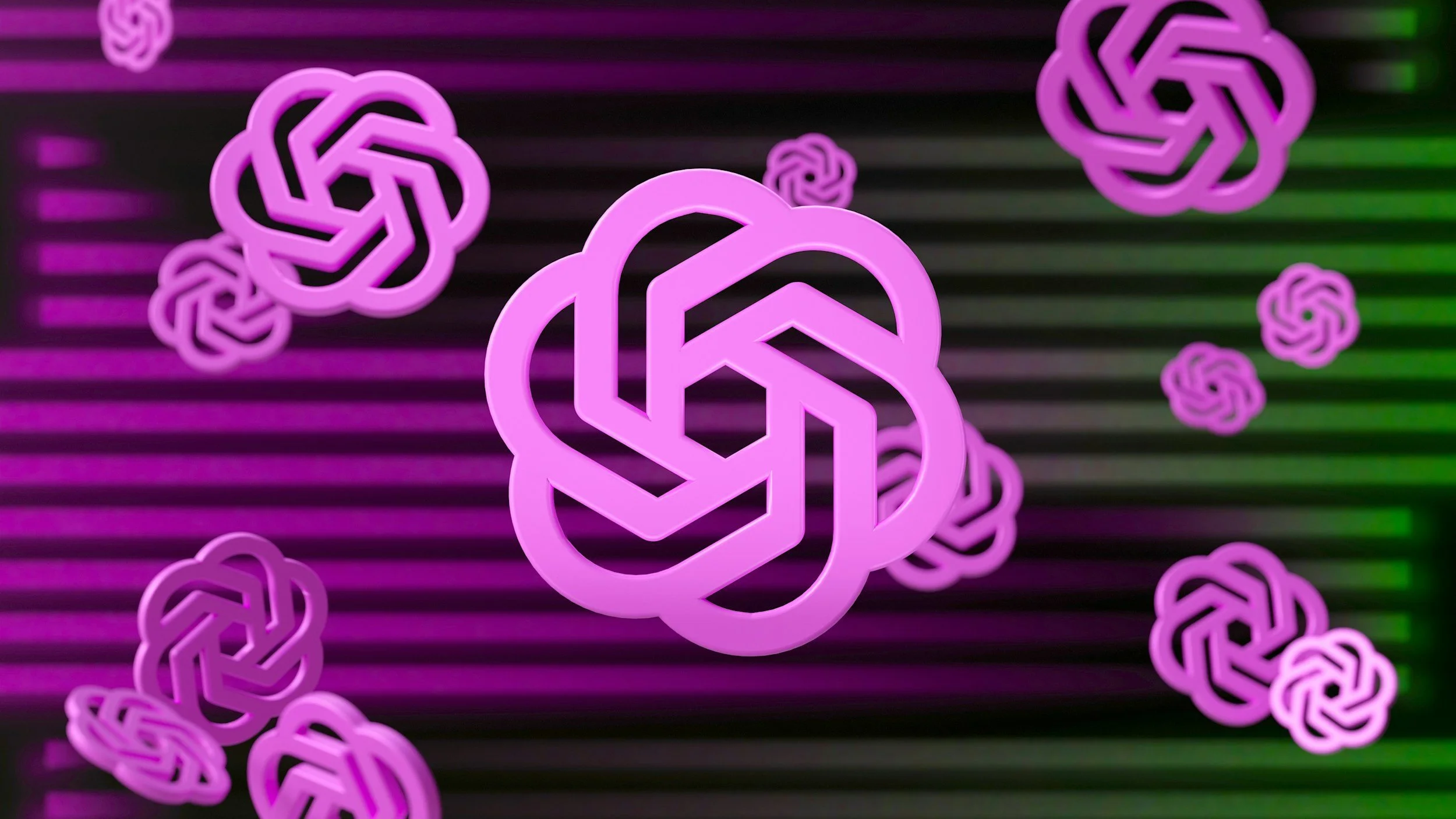
Blog

An Unofficial Guide to Cheating With AI
Having endured several years of educators and workplace learning colleagues whining about learners using AI to cheat, I thought I’d better get to it myself. We all know that the greatest concerns about something come from those who know little about the thing. My thinking was to explore the ragged boundaries of dis-AI-honesty. What better place to start than with the dreaded New York Times puzzles, specifically Connections, which I have played each morning for years to keep my aging synapses firing.

Human–AI Collaboration: What Are Gen Zs Saying?
The anticipated growth of generative AI calls for collaborative approach to human-gen AI interaction. Gen Zs, in my business economics forecasting course at Penn State Lehigh Valley, reacted positively about their first human-gen AI collaboration in my courses. They have recognized the importance of prompt engineering skills for achieving the targeted outcomes in collaboration with AI…

Ready, Set, Thrive: Building a Workforce for the Future!
While enjoying my research-cation during this holiday season, reflecting on the past years and looking toward the future got me to wonder: What can we do to be future-ready? What did we learn from the past that can support the future? What can we provide as educational leaders and trainers to build a future-ready workforce that is adaptable, collaborative, and aligned with long-term goals?

Evaluating Leadership Development: From Satisfaction to Lasting Impact
The success of leadership development programs is often measured by how satisfied participants are with their experience. While satisfaction is important, it doesn't tell the whole story. Can we say a program is successful just because participants enjoyed the sessions? True leadership development goes beyond enjoyment—it aims to foster real growth, behavioral changes, and lasting impact within organizations. Measuring that impact, however, requires a more comprehensive approach.

Balancing Human and AI Collaboration in Education
The Human Touch in AI-Enhanced Teaching
The world of education has been buzzing with excitement and concern about the role of artificial intelligence in courses. Some have heralded AI as the future of education, while others have expressed concerns about losing the human elements that make teaching effective. But, as is often the case, the truth tends to be somewhere in-between. The real promise of artificial intelligence in education comes when it is viewed not as a replacement for human teaching but rather as an enhancement of our native powers as teachers. And as we go on with this transformation, there has become a need for a balance between technological efficiency and human touch.

My Continued TLIC Journey as a Learning Strategist from East Asia
In June, I had the pleasure of presenting at The Learning Ideas Conference for the second time. At last year’s conference, I shared some of my initial insights into innovative educational strategies based on city museums for identity development; and this year, I had the opportunity to delve into the East Asian context, exploring how communication technologies can reshape corporate teamwork in ways that resonate with regional values and challenges.

Implementing AI-Powered Tutoring Systems to Enhance Personalized Learning in Higher Education
Implementing AI-Powered Tutoring Systems to Enhance Personalized Learning in Higher Education
The integration of Artificial Intelligence Tutoring Systems (AITSs) into educational practices is rapidly reshaping the landscape of higher education. At the 2024 edition of The Learning Ideas Conference, I had the opportunity to present on the transformative power of these systems, highlighting the implementation of Chatbase, an AI-driven tutoring platform designed to provide personalized, adaptive learning experiences.

Mastering the Whack-A-Mole of Emerging Technologies in Education
Imagine this. As a learning professional or educator, you're constantly being pushed to integrate the latest technologies into your programs. Your inbox is flooded with emails from stakeholders demanding innovative solutions. You conduct some quick research and find yourself immediately overwhelmed by the sheer volume of conflicting trends and perspectives, all needing more relevant advice and context. Your social media feeds are inundated with new influencers claiming to have the answers, but it's hard to know who and what to trust. Meanwhile, leadership is breathing down your neck, pushing for quick, tangible results. You think "How can I keep up with so many trends? Is this even worth my time?"

Don’t Be Afraid to Revamp Traditional Assignments to Meet the Needs of the AI Revolution
In my role as an instructional designer for a small university, I use AI on a daily basis. I use it to aid in my procedures for online course design and I strive to incorporate it into student learning activities. I am quick to have AI create module objectives or a course map straight from an instructor’s syllabus, and I can write a prompt to create rich AI patient simulations for budding counselors or future nurses. I can even find ways to implement AI-based in-class tutoring.

How Big Data and Artificial Intelligence Are Changing the Landscape of Education
Artificial intelligence (AI) is driving the Fourth Industrial Revolution, leveraging data to enable “smart” governance through “data-driven” strategies. In education, this transformation is particularly evident as big data and AI reshape learning environments, personalize student experiences, and improve administrative efficiency, revolutionizing teaching methodologies (Luckin et al., 2016). Generative artificial intelligence (GAI) further enhances this shift, presenting new opportunities for educational innovation that may significantly impact the future of education (Baker & Inventado, 2014). Popular media and online platforms amplify the widespread belief that AI will define the future of education (Nemorin, 2023).
